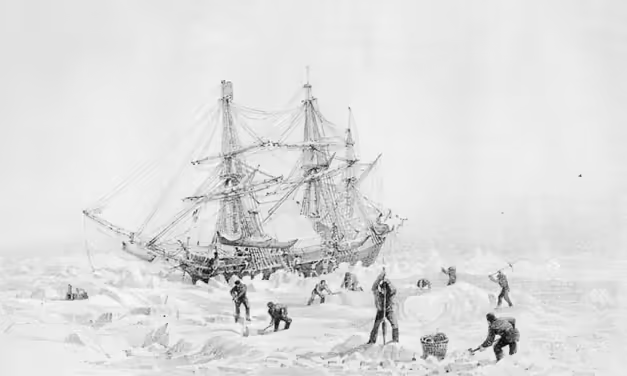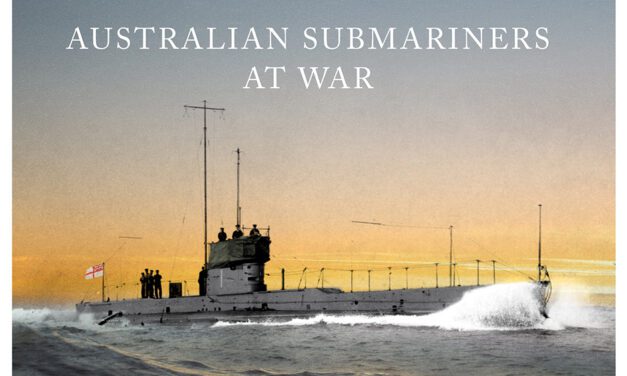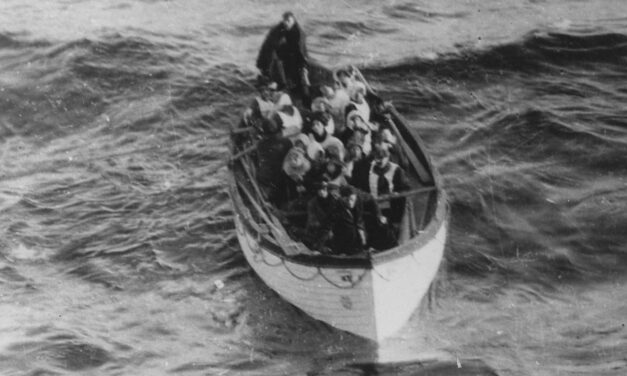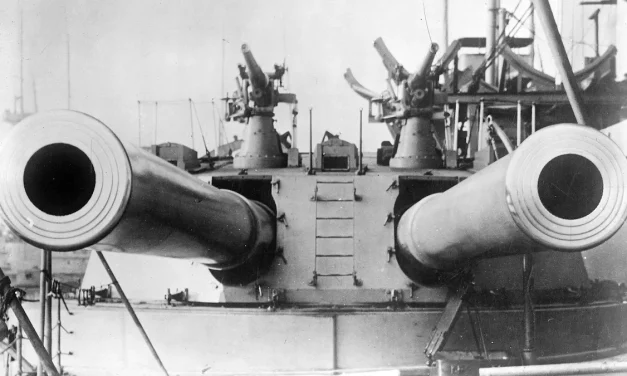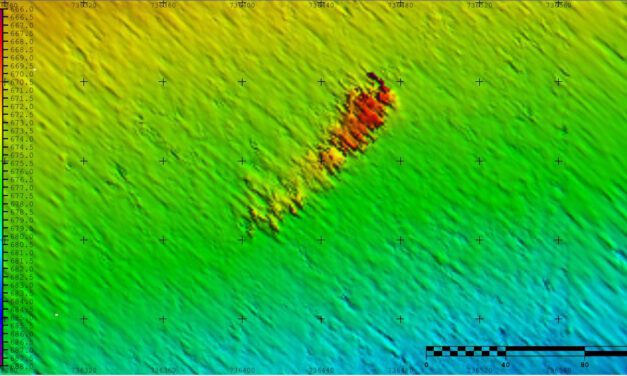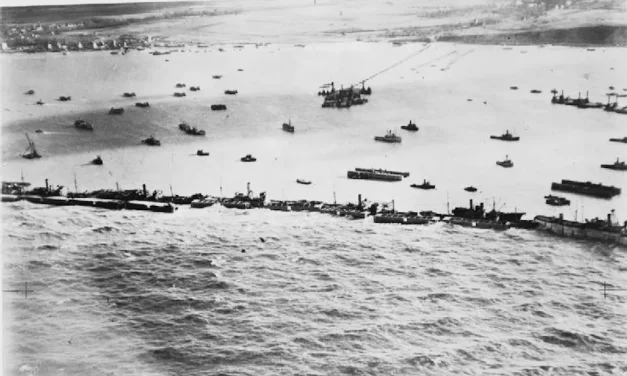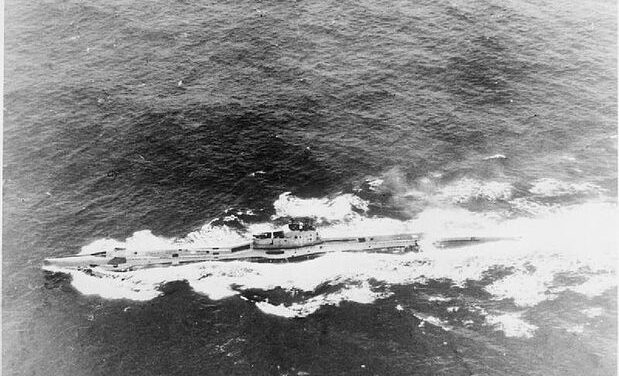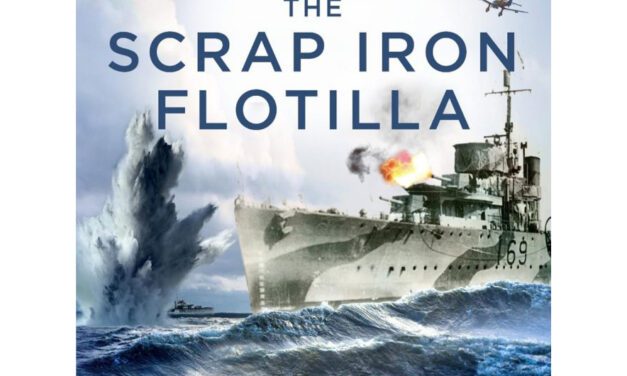Inuit folklore kept alive story of missing Franklin expedition to north-west passage
Reading time: 6 minutes
The ships HMS Erebus and Terror, which sailed from England in the summer of 1845, were aiming to chart the north-west passage. They disappeared into what is now the Canadian Arctic. Stranded in the ice north-west of King William Island in the summer of 1846, the ships were abandoned by the surviving officers and men in the spring of 1848.

